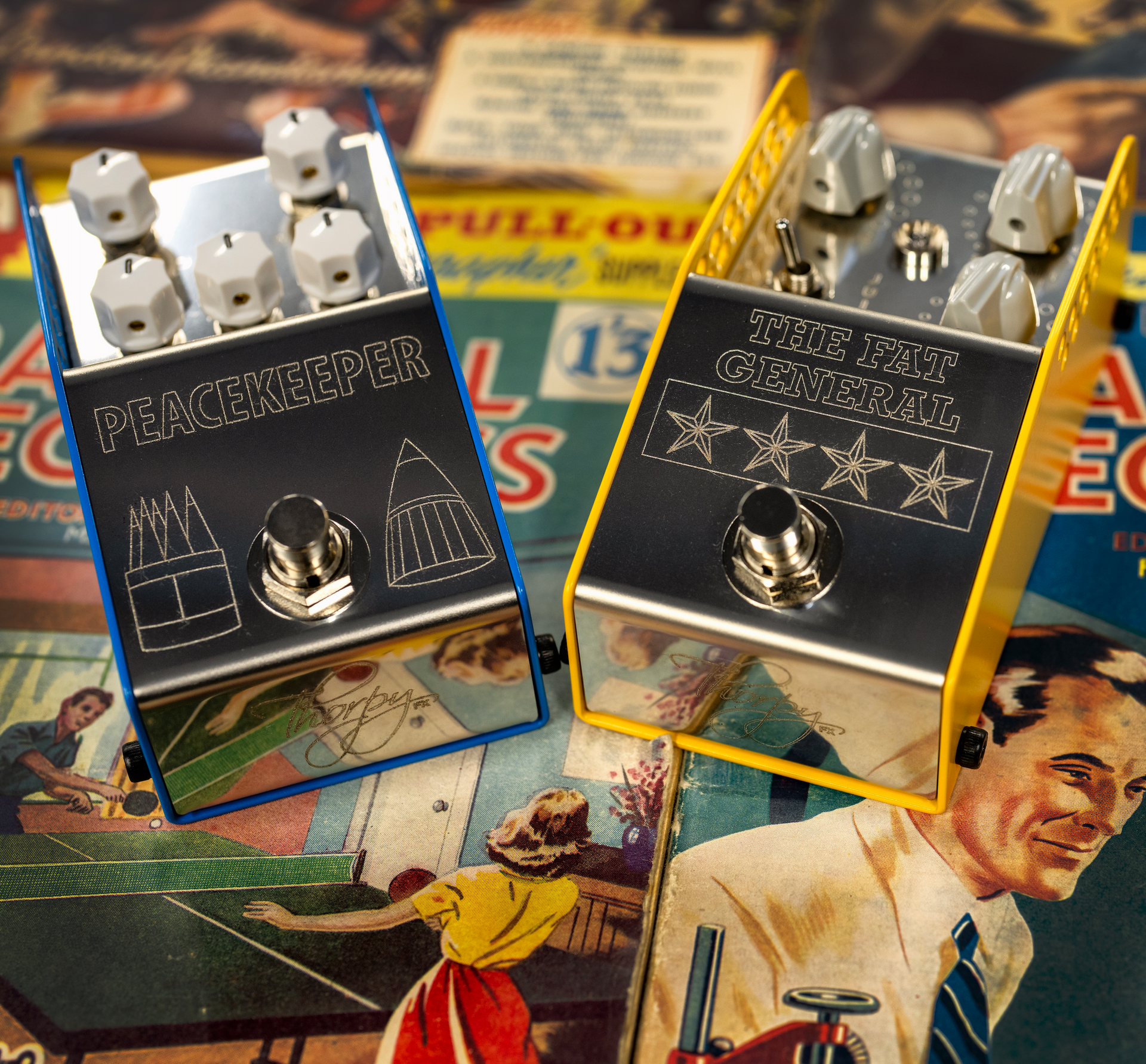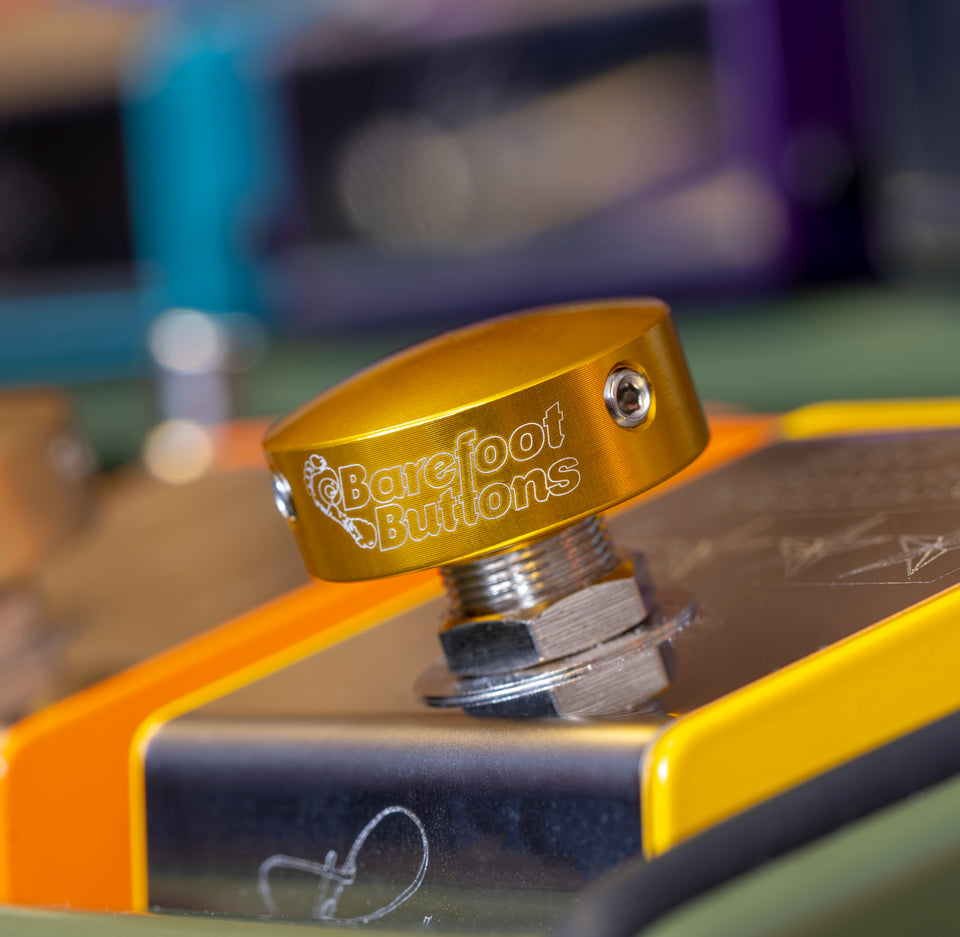
How do you integrate a new pedal into your rig?
You have a new pedal, what do you do with it?
There is a rude answer, an obvious answer, and a more thought-out answer. I’ll try and provide the latter.
Whenever I get a new pedal, I first spend a little time reacquainting myself with my current “go to” sound. This gives me an auditory benchmark and reminds me of the background noise of my rig, the interaction between my guitar and gives me a chance to realise if something is amiss with my tone.
I then put my pedalboard to one side and don’t touch it save for unplugging the two guitar leads I know to work. These are plugged into the new pedal as is the correct power supply. Ideally all the other power outputs on your power supply are disconnected and you can audition the new pedal in the most isolated way possible. Personally, I tend to do this in small packets of time, different times of the day, different volumes that simulate home use, vs higher volumes simulating live use.
Essentially, I treat any new pedal like an instrument, I take my time to explore the pedal enjoy it, learn it and ultimately integrate it into my rig once I am comfortable with how it sounds and how I use it. It probably sounds drawn out, and it is but, this way I only rip into my pedalboard once I know the pedal will fit in. by learning the new pedal I also have a better idea of whereabouts in the chain the pedal will be best placed. Reducing the amount of time tearing at Velcro with my hands.
What if it interacts with other pedals badly? Occasionally (and I stress, it is rare) some pedals just don’t like each other. This can be for a number of reasons; however it is rarely terminal and like siblings that fight, often if you just keep them further apart or swap the order they sit, interaction issues disappear.
This all sounds like a lot of effort, is there an easier way?
Absolutely there is an easier way. It’s not as comprehensive but it works and makes life easier for those of us who like to change our pedals often. In short, always keep a blank space on your pedalboard. This should be wired for power and easy to plug a pedal into. I call this the audition slot. It allows you to do all the above easily and means that your pedalboard wiring doesn’t have to be touched until you are certain the pedal suits your needs.

